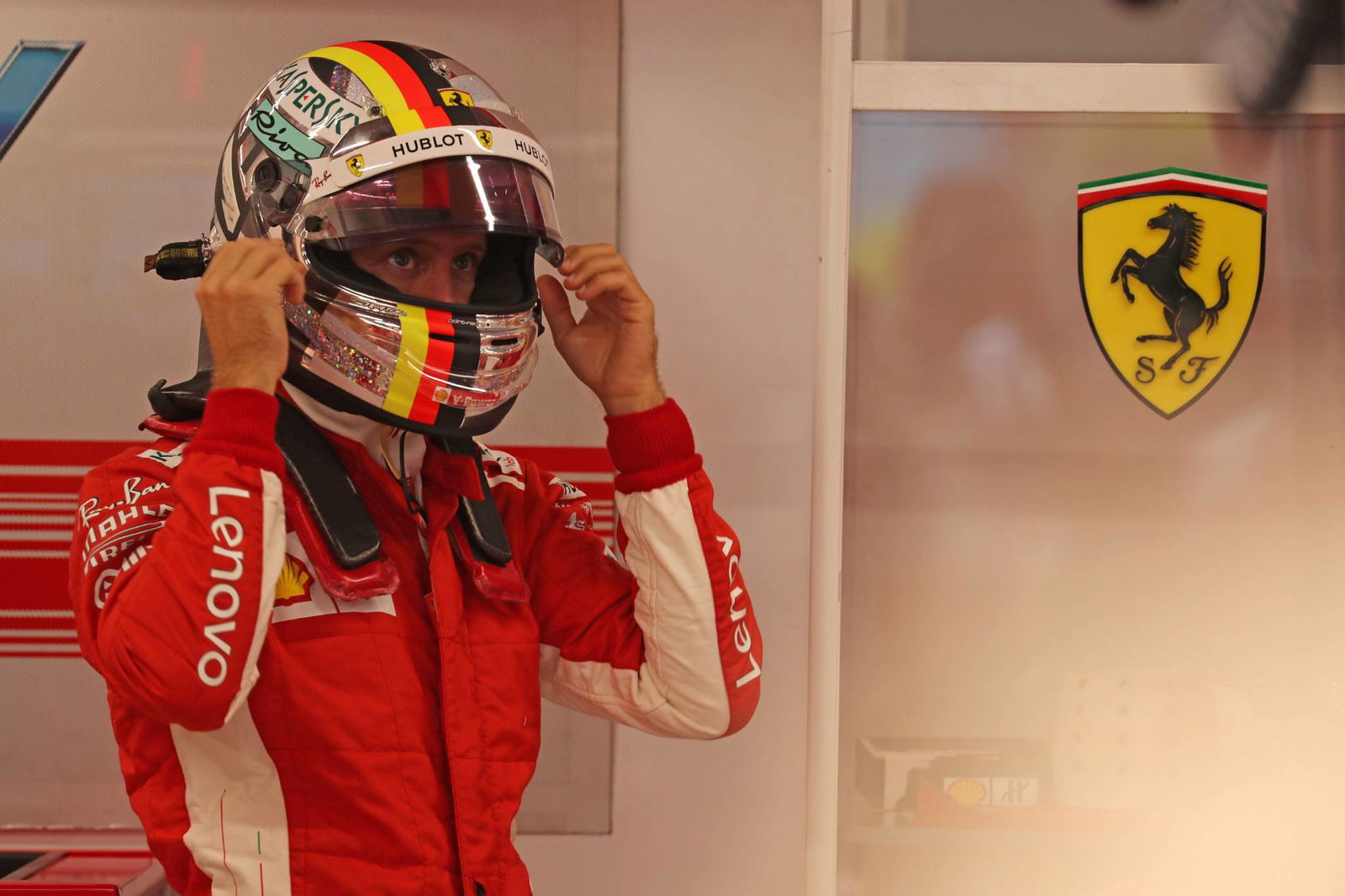Grosjean on "thin ice" with F1 penalty points – Steiner
Romain Grosjean is treading on “thin ice” after he edged closer to a Formula 1 race ban for accumulated penalty points, according to Haas team principal Gunther Steiner.
The Frenchman was handed a five-second time penalty and two penalty points for failing to adhere to repeated blue flag warnings in the Singapore Grand Prix, meaning he is just three penalty points away from receiving a race ban.

Romain Grosjean is treading on “thin ice” after he edged closer to a Formula 1 race ban for accumulated penalty points, according to Haas team principal Gunther Steiner.
The Frenchman was handed a five-second time penalty and two penalty points for failing to adhere to repeated blue flag warnings in the Singapore Grand Prix, meaning he is just three penalty points away from receiving a race ban.
With nine penalty points to his name, Grosjean will be keen to avoid further incidents in upcoming races in Russia, Japan and Austin before a point will be wiped off his tally following the Mexican Grand Prix on October 28.
When asked if he feels Grosjean needs to be a bit careful, Steiner replied: “I think more than a little bit! I think he should be very careful, but I think he knows that.
“He’s getting close, we’re getting close, we are on thin ice at the moment with that one, and for a few races as well. I think the first one going away is Mexico.
“Fair or not fair, I think sometimes the rules, I wouldn’t say they don’t help. The rule was applied correctly, that is the rule, if the blue flag comes out.
“It’s like you want everything, we want the cake and we want to eat it. In the end he got the penalty, and he has to be careful.
“It didn’t make a difference because we wouldn’t score points anyway. It’s just the points he scored for his own account which were not good points.”
Grosjean continued his scrap with Williams driver Sergey Sirotkin as race leaders Lewis Hamilton and Max Verstappen approached the backmarkers in the closing stages in Singapore, resulting in Hamilton being forced to defend from Verstappen after losing a chunk of time trying to pass the pair.
The Frenchman insisted he sees no reason to change his approach as he is "not here to do anything silly".
"I’ll make sure that I don’t do anything silly but I will still be pushing and racing and doing my job," he added. "When you look at the points I got, some you can really explain them, some others are more questionable but here they are.
"We just need to make sure we go through the end of the season, we got six before the start of the next one and then we just forget that. I’m not here to crash, I’m not here to do anything silly."
'Blue flags not the problem'
Steiner says he would like to see the blue flag rule scrapped and believes such a move would help create more excitement and unpredictability in races.
“It’s part of racing,” Steiner insisted. “As much as you say ‘oh I’m the leader, I have the right to do everything’ but you always complain we have no racing but if there had been no blue flags Max would have caught up with Hamilton and we would have had a fight.
“Fair or not fair it was a circumstance that there was a car in the way because he was racing as well. We could have given ourselves more action by taking away a rule which always advantages the guy who is always first all the time anyway.
“We keep saying we need to get the field closer but what we are doing, we make sure that if somebody has an advantage he gets even more of an advantage. It’s all for the rich.
“For me it’s more to create action. It’s like if you want action this creates it automatically. In the rain we get a lot of action because things happen which you don’t predict, the same could happen when you have a car which needs to be lapped and is all of a sudden in the way and doesn’t give up.”
Grosjean feels the problem would be eradicated if the field was much closer in terms of performance.
"Looking at the bigger picture and the problem is not the blue flags, the problem is that the six cars are so much faster than the rest of the field that half way through the race they need blue flags," he explained.
"If you look at a Formula 2 race, there’s no blue flag - maybe once - if you had a crash in lap one and there’s one car that has a blue flag but it’s not like half way through the race you need a blue flag.
"I finished fourth in Austria, one lap down. That’s why they need blue flags. If the pace was more together, the field was more together then there wouldn’t be any problem with blue flags."


